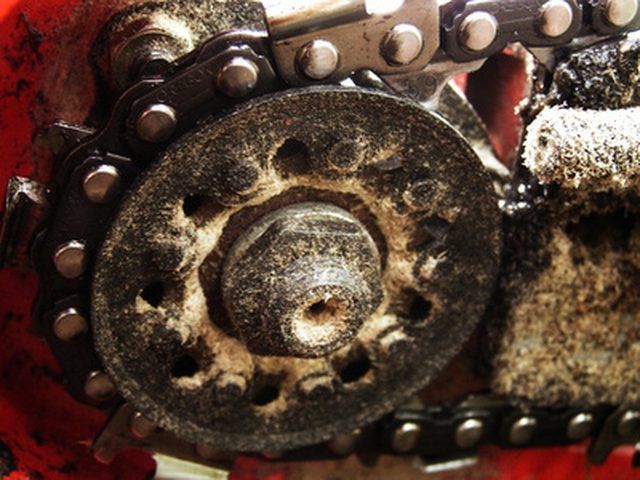Bulbs
Flower Basics
Flower Beds & Specialty Gardens
Flower Garden
Garden Furniture
Garden Gnomes
Garden Seeds
Garden Sheds
Garden Statues
Garden Tools & Supplies
Gardening Basics
Green & Organic
Groundcovers & Vines
Growing Annuals
Growing Basil
Growing Beans
Growing Berries
Growing Blueberries
Growing Cactus
Growing Corn
Growing Cotton
Growing Edibles
Growing Flowers
Growing Garlic
Growing Grapes
Growing Grass
Growing Herbs
Growing Jasmine
Growing Mint
Growing Mushrooms
Orchids
Growing Peanuts
Growing Perennials
Growing Plants
Growing Rosemary
Growing Roses
Growing Strawberries
Growing Sunflowers
Growing Thyme
Growing Tomatoes
Growing Tulips
Growing Vegetables
Herb Basics
Herb Garden
Indoor Growing
Landscaping Basics
Landscaping Patios
Landscaping Plants
Landscaping Shrubs
Landscaping Trees
Landscaping Walks & Pathways
Lawn Basics
Lawn Maintenance
Lawn Mowers
Lawn Ornaments
Lawn Planting
Lawn Tools
Outdoor Growing
Overall Landscape Planning
Pests, Weeds & Problems
Plant Basics
Rock Garden
Rose Garden
Shrubs
Soil
Specialty Gardens
Trees
Vegetable Garden
Yard Maintenance
How to Adjust the Carburetor on Stihl Chainsaws
How to Adjust the Carburetor on Stihl Chainsaws. The carburetor on Stihl saws controls the output of fuel into the engine. It regulates the amount of gas and air that flows into the engine chamber, and if not functioning properly will cause many problems for your Stihl chainsaw. Common carburetor problem symptoms include sluggish motor output, a...

The carburetor on Stihl saws controls the output of fuel into the engine. It regulates the amount of gas and air that flows into the engine chamber, and if not functioning properly will cause many problems for your Stihl chainsaw. Common carburetor problem symptoms include sluggish motor output, a chain that spins when idled or dies excessively when not throttled. A carburetor problem is a leading cause for a chainsaw that won't start. Keeping the carburetor adjusted properly will ensure optimal performance for your Stihl chainsaw.
Things You'll Need
Brush
Allen wrench
Small flathead screwdriver
Before Carburetor Adjustment
Remove the air filter cover, just above the throttle, by unscrewing the black knob. Take off the cover and unscrew the air filter. Clean them both with a wire brush and a little gasoline. Replace the air filter if it's too dirty to clean or damaged and put the air filter back on the saw.
Use the Allen wrench to remove the muffler cover. Pull out and clean the spark arresting screen with the metal brush.
Start the saw and let it idle for a few minutes to warm up. Locate the three small carburetor screws just above the clutch cover. Some models may have a protective plastic plug covering these screws. Pop those off with the screwdriver to access the screws.
Adjust Idle Speed
Adjust the idle speed, or the bottom screw marked with LA, clockwise until the chain starts moving on its own. Readjust back one-quarter counterclockwise turn.
Adjust the idle speed counterclockwise until the engine dies. Readjust the screw back clockwise one-quarter turn.
Restart the saw and fine-tune the idle screw by adjusting in between the two quarter-turns you made in the previous steps. The engine should idle smoothly.
Adjust the Low Speed
Adjust the low-speed screw, marked with L, clockwise until the screw stops. Loosen the screw back one-quarter turn.
Adjust the L screw back counterclockwise until the engine starts making a heavy, gurgling noise. Turn the screw back one-quarter turn.
Fine tune the L screw by adjusting in between the two quarter-turns in the previous steps.
Run the saw at low throttle speeds and listen to the engine during operation and when idled. Readjust the idle speed by repeating Section 1.
Adjust the High Speed
Depress the throttle and adjust the high-speed screw, marked with H, counterclockwise until the engine begins to make a high-pitched wine. Back off at least one-quarter turn immediately.
Depress the throttle and adjust the high-speed screw clockwise until the engine sounds sluggish and heavy. Turn the screw back one-quarter turn.
Depress the throttle again and fine-tune the high-speed adjusting screw by listening for the cleanest, strongest noise the engine makes.
Readjust the low-speed and idle screws again to ensure the proper fuel and air mixture.
Tips & Warnings
Fine tuning these together will take practice and careful listening skills to the sound the engine makes when the carburetor is set properly.
Never adjust the high-speed screw above the maximum factory RPM setting. This can cause complete engine failure.
If in doubt about the maximum speed your saw is set to, take it to a licensed Stihl mechanic, who will make sure it is properly adjusted.